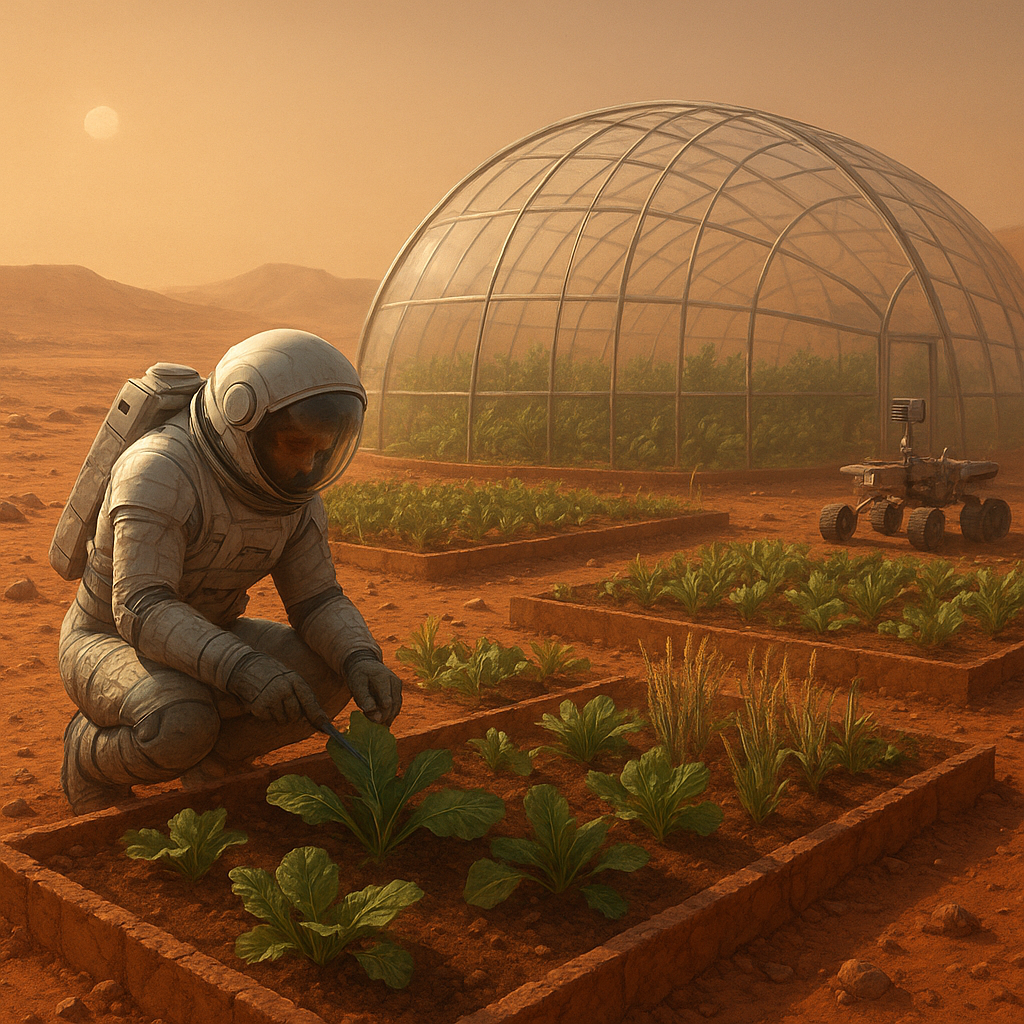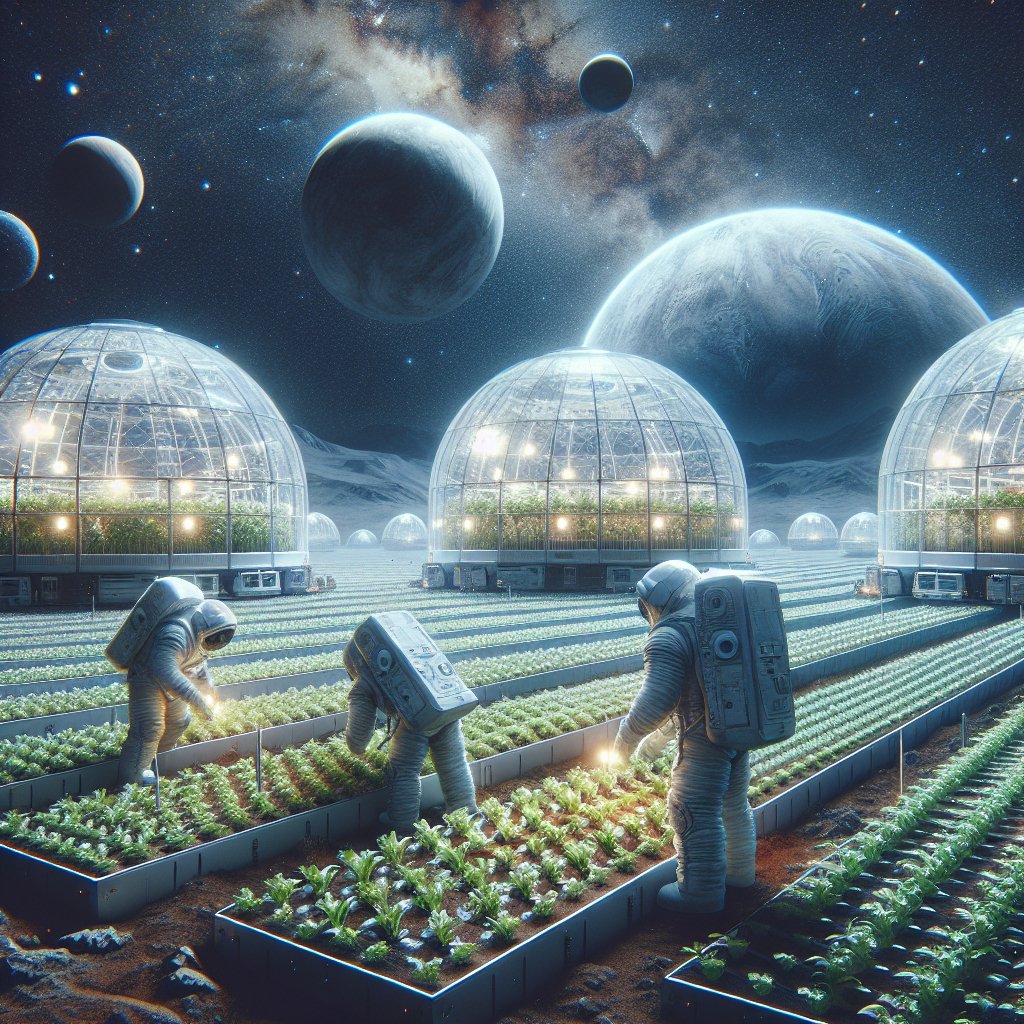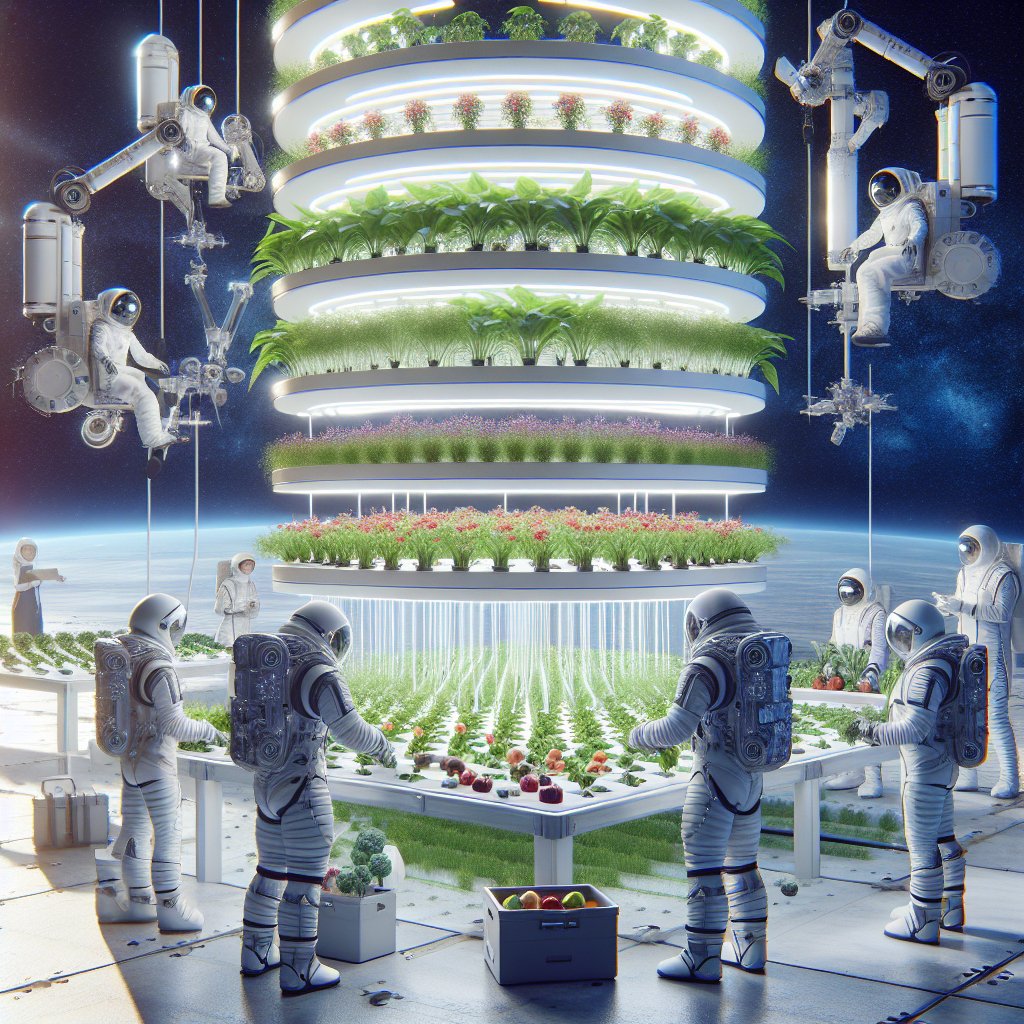Embarking on the journey to cultivate crops beyond Earth requires overcoming a host of obstacles posed by the Red Planet. This exploration merges cutting-edge technology, biological research, and creative engineering to establish sustainable agriculture on Mars. The quest to grow food in Martian conditions not only addresses the needs of future explorers but also drives innovation that can transform Earthly farming practices.
Understanding the Martian Environment
The surface of Mars presents a drastically different setting from our home planet. Key factors that influence agriculture include extreme temperature swings, a tenuous atmosphere, and pervasive dust storms. Average surface temperatures can plummet below –80 degrees Celsius at night and rarely rise above zero during the day. Atmospheric pressure is less than one percent of Earth’s, rendering liquid water unstable on the surface. Additionally, cosmic radiation levels are far higher than those experienced on Earth due to the absence of a global magnetic field.
- Radiation exposure threatens both plant viability and human health
- Dust storms can last for weeks, blocking sunlight and impairing solar power
- Low gravity at 38 percent of Earth’s can affect fluid distribution in plant tissues
Successful Mars cultivation demands a detailed analysis of these environmental stressors and the development of mitigation strategies. Protective habitats and closed-loop systems are essential for creating Earth-like conditions that support plant growth.
Soil Simulation and Nutrient Delivery
Genuine Martian soil, known as regolith, lacks organic matter and contains toxic perchlorates. To establish fertile ground, scientists must neutralize harmful compounds and supplement missing nutrients. Simulated regolith mixes blend crushed volcanic rock, clay minerals, and organic compost to approximate a viable growth medium.
Regolith Treatment Techniques
- Washing with water to leach out perchlorates
- Thermal decomposition to break down volatile toxic elements
- Bioremediation using perchlorate-reducing bacteria
Once detoxified, the medium requires enrichment in essential macroelements such as nitrogen, phosphorus, and potassium. Researchers explore in-situ nutrient generation through nitrogen-fixing bacteria and algae, reducing reliance on Earth-supplied fertilizers.
Water Management Strategies
Water is the lifeblood of any agricultural endeavor, yet Martian water exists mainly as subsurface ice or bound within hydrated minerals. Efficient extraction and recycling methods form the cornerstone of Martian irrigation systems.
Ice Mining and Extraction
- Heating subsurface ice deposits to release liquid water
- Filtration systems to remove dust and dissolved salts
Closed-Loop Recycling
- Condensation and purification of transpired water from plant leaves
- Recovery of greywater from crew habitats for agricultural reuse
Advanced membrane filtration and ultraviolet sterilization ensure that recycled water remains free of pathogens and excess mineral content. Incorporating soil moisture sensors and automated valves optimizes irrigation schedules to conserve precious resources.
Innovative Growth Systems
Traditional soil-based cultivation may prove limited under Martian constraints. Alternative systems such as hydroponics, aeroponics, and aquaponics hold promise for maximizing yields within controlled environments.
- Hydroponics: Growing plants in nutrient-rich water solutions without soil
- Aeroponics: Suspending roots in air and misting them with nutrient sprays
- Aquaponics: Combining fish farming with plant cultivation in a symbiotic system
LED lighting tailored to specific wavelengths enhances photosynthesis efficiency and reduces energy consumption. Reflective interior surfaces and adjustable light spectra allow fine-tuning of growth conditions for each crop species.
Biological and Genetic Approaches
To thrive under Martian conditions, crops must exhibit resilience to stressors such as low pressure, high radiation, and limited water. Breeding and genetic engineering efforts focus on enhancing traits that improve survival and productivity.
Traits for Martian Crops
- Drought tolerance through deeper root systems and reduced transpiration
- Radiation resistance via enhanced DNA repair mechanisms
- Compact growth forms for efficient use of limited space
Genetically modified lines of familiar vegetables like lettuce, tomatoes, and potatoes are being tested in simulated Martian chambers. Researchers also explore entirely novel species, including hardy algae and nitrogen-fixing legumes, to establish a diverse and resilient food web.
Automation and Robotics in Cultivation
Remoteness and resource constraints make human labor on Mars both risky and expensive. Automated systems and robotic assistants will play an indispensable role in day-to-day agricultural tasks, from planting seeds to harvesting mature crops.
- Autonomous planting drones for precise seed placement
- Robotic harvesters with gentle handling mechanisms
- Machine vision and AI for monitoring plant health and detecting pests
Integrating robotics reduces astronaut workload and minimizes exposure to hazardous environments. Advanced algorithms enable predictive maintenance of equipment and adaptive control of growth parameters.
Nutritional and Psychological Benefits
Fresh produce grown on Mars extends beyond mere sustenance. Consumption of nutrient-rich fruits and vegetables helps prevent deficiencies that can arise on monotonous prepackaged diets. The presence of greenery within living quarters also delivers significant psychological comfort.
- Access to vitamin C, antioxidants, and dietary fiber
- Enhanced morale and reduced stress through connection with living plants
- Opportunities for crew members to engage in therapeutic gardening activities
Such benefits foster a healthier and more cohesive crew dynamic, improving overall mission success rates.
In-Situ Resource Utilization and Sustainability
A core tenet of Martian agriculture is in-situ resource utilization (ISRU). By harnessing local materials and recycling internal waste streams, missions can achieve greater autonomy and lower launch costs. Composting organic waste from crews and plant residues returns valuable nutrients to growth media, while atmospheric carbon dioxide can be captured to support plant respiration.
- Conversion of human and plant waste into organic fertilizer
- Atmospheric scrubbers that concentrate CO2 for plant chambers
- Energy generation through biogas produced by anaerobic digestion
These sustainable loops minimize reliance on Earth resupply missions and pave the way toward permanent settlements.
Long-Term Prospects and Challenges Ahead
Scaling up agricultural operations from small laboratory modules to expansive farms involves overcoming logistical, technical, and biological hurdles. Key areas of focus include optimizing energy efficiency, ensuring robust system redundancy, and refining closed-loop life support designs. Collaboration among space agencies, academic institutions, and private enterprises will accelerate progress toward reliable Martian agriculture.
Roadmap Milestones
- Small-scale pilot gardens in upcoming orbital outposts
- Automated greenhouse demonstrations on the Martian surface
- Integration of fully closed-loop life support with bioregenerative agriculture
By addressing these challenges, humanity moves closer to establishing a self-sufficient presence on Mars. Innovations born from this endeavor will not only enable extraterrestrial colonization but also inspire new paradigms in Earth-based farming.




